Our extensive textile testing enables you to meet your customers’ requirements and comply with international standards. Our expert and specialised staff test textile raw materials, intermediate products and end products in state-of-the-art laboratories with Swiss precision.
During our physical and chemical textile tests, we test fibres, single and ply yarns, woven and knitted fabrics, nonwovens and finished products. We offer fire testing and clothing physiology tests on fabrics and ready-made textiles.
We also carry out numerous analytical tests for you in our laboratories, during which we test textiles and leather goods for harmful substances and residues.
We conduct the tests mainly according to EN and ISO standards. Our testing laboratory is accredited according to ISO 17025. The scope of accreditation can be found here (STS 0228).
Services offered
What we test:
- Genetically modified organisms (GMOs) – TESTEX method
- Fibre analysis (qualitative) – various methods
- Fibre analysis (quantitative) – various methods
- Fibre fineness (OFDA) – IWTO 47-95
- Fibre length – TESTEX method
- Fibre cross-section – TESTEX method
- Single yarn / ply yarn count – EN ISO 2060
- Single yarn / ply yarn twist – EN ISO 2061
- Yarn evenness and yarn hairiness (USTER TESTER® 5) – ISO 16549
- Yarn tenacity and yarn elongation (USTER TENSORAPID® 3) – EN ISO 2062
What we test:
- Fabric weight – EN 12127
- Fabric density (wovens) – SNV 98 452
- Fabric density (knitted fabrics) – SNV 98 453
- Thread density – EN 1049-2
- Textiles – Fabrics – Determination of length and width – EN 1773
- Thickness of textiles – EN ISO 5084
- Dimensional change during laundering – EN ISO 3759 / 5077 / 6330
- Determination of spirality after laundering – ISO 16322-2
- Determination of spirality after laundering – ISO 16322-3
- Self-smoothing behaviour – Monsanto’s pattern – EN ISO 15487 (7.4)
- Self-smoothing behaviour – Seams – EN ISO 15487 (7.5)
- Creasing pattern – ISO 7768
- Creasing angle – EN 22313
- Bursting strength – EN ISO 13938-2
- Strip tensile test (maximum tensile strength and elongation) – EN ISO 13934-1
- Grab tensile test (maximum tensile strength and elongation) – EN ISO 13934-2
- Strip tensile test (coated textiles) – ISO 1421 (method 1)
- Strip tensile test (non-wovens) – ISO 9073-3
- Strip tensile test (permanent elongation) – DIN 53360
- Determination of the coating adhesion strength – EN ISO 2411
- Determination of the elasticity of textile fabrics – DIN EN 20932-1
- Maximum tensile strength – Seam – EN ISO 13935-1
- Maximum tensile strength – Seam – EN ISO 13935-2
- Tear propagation force (Elmendorf method) – EN ISO 13937-1
- Tear propagation force (Schenkel method) – EN ISO 13937-2
- Tear propagation force (Schenkel method) – EN ISO 4674-1 B
- Tear propagation force (Flügel method) – EN ISO 13937-3
- Tear propagation force (tongue-shaped test specimens) – EN ISO 13937-4
- Tear propagation force (tongue-shaped test specimens) – EN ISO 4674-1 A
- Seam slippage resistance – Fixed seam opening method – EN ISO 13936-1
- Seam slippage resistance – Fixed load method – EN ISO 13936-2
- Textiles – Determination of fabric propensity to surface fuzzing and to pilling – ISO 12945-1
- Pilling behaviour – EN ISO 12945-2
- Pilling – Method with the Pilling Box Tester (IWS) – IWS TM152
- Snagging resistance of fabrics (Mace) – ASTM D3939/D3939M
- Snagging test (Snag Pod) – BS 8479
- Martindale abrasion resistance – EN ISO 12947-2
- Abrasion resistance – Appearance change – EN ISO 12947-4
- Scrub test – EN ISO 5981, SNV 198498
- Convective heat resistance at 180°C – ISO 17493
- Oil-repellent properties – EN ISO 14419
- Drop test – TEGEWA method
- Scotchgard test – 3M method
- Suction speed – DIN 53924
- Odour test – in accordance with SNV 195 651
- Fabric impression – TESTEX method
What we test:
- Determination of air permeability – EN ISO 9237
- Thermal resistance – EN ISO 11092
- Water vapour resistance – EN ISO 11092
- Fastness to water up to 5,000 mm – EN ISO 811
- Determination of water-repellent properties – EN ISO 4920
- Moisture management (MMT) – AATCC method 195-2009
- Water repellency – Rain shower test (Bundesmann) – EN 29865
What we test:
- Colour fastness to organic solvents – EN ISO 105-X05
- Determination of colour fastness to dry heat – EN ISO 105-P01
- Colour fastness to domestic washing using a non-phosphate reference detergent – EN ISO 105-C08
- Colour fastness to domestic and commercial washing – EN ISO 105-C06
- Colour fastness to bleaching: hypochlorite – EN ISO 105-N01
- Colour fastness to bleaching: sodium chlorite (mild) – EN ISO 105-N03
- Colour fastness to bleaching: sodium chlorite (severe) – EN ISO 105-N04
- Colour fastness to bleaching: peroxide – EN ISO 105-N02
- Colour fastness to hot pressing – EN ISO 105-X11
- Colour fastness to steaming – EN ISO 105-E11
- Colour fastness to washing with soap or soap and soda – ISO 105-C10
- Colour fastness to spotting: water droplets – EN ISO 105-E07
- Colour fastness to chlorinated water – EN ISO 105-E03
- Colour fastness to artificial weathering: xenon arc fading lamp test – EN ISO 105-B04
- Colour fastness to artificial light: xenon arc fading lamp test – EN ISO 105-B02
- Fastness to light in combination with perspiration – EN ISO 105-B07
- Colour fastness to sea water – EN ISO 105-E02
- Colour fastness to rubbing – EN ISO 105-X12
- Colour fastness to rubbing (leather) – EN ISO 11640
- Colour fastness to rubbing – Small areas – EN ISO 105-X16
- Colour fastness to perspiration – DIN 53160-2
- Colour fastness to perspiration – EN ISO 105-E04
- Colour fastness to perspiration (leather) – EN ISO 11641
- Colour fastness to saliva and perspiration – LMBG 82.10-1 (modified)
- Colour fastness to sublimation – DIN 54056
- Colour fastness to dry cleaning – EN ISO 105-D01
- Colour fastness to water – EN ISO 105-E01
- Colour fastness to water (leather) – EN ISO 11642
- Colour fastness to saliva – DIN 53160-1
- Colour fastness to saliva (leather) – EN ISO 20701
- Phenolic yellowing – ISO 105-X18
What we test:
- pH – ISO 3071, OEKO-TEX® method
- Formaldehyde – JIS L 1041, OEKO-TEX® method
- Heavy metals in perspiration extract – OEKO-TEX® method
- Heavy metals after total digestion – US CPSC standard, OEKO-TEX® method
- XRF analysis (elemental screening) – in-house method
- Chromium VI – ISO 17075, OEKO-TEX® method
- Nickel release – EN 12472, EN 1811, OEKO-TEX® method
- Chlorinated benzenes and toluenes – OEKO-TEX® method
- Phenols (chlorinated, OPP and phenol) – OEKO-TEX® method
- Pesticides incl. permethrin and glyphosate (the latter with dedicated analysis) – OEKO-TEX® method
- Phthalates, cyclosiloxanes and bisphenol A – ISO 14389, EN 15777, US CPSC standard, OEKO-TEX® method
- Organotin compounds – ISO 17353, OEKO-TEX® method
- PFCs, PFASs (e.g. PFOS/PFOA, fluortelomers) – OEKO-TEX® method
- PAHs (polycyclic aromatic hydrocarbons) – OEKO-TEX® method
- Surfactant and wetting agent residues (alkylphenol ethoxylates – APEO; alkylphenols – APs) – OEKO-TEX® method
- Process preservatives (e.g. isothiazolinones) – OEKO-TEX® leather method
- Quinoline – OEKO-TEX® method
- Dimethyl fumarate (DMFu) – OEKO-TEX® method
- Solvent residues (e.g. DMF, DMAc, NMP) – OEKO-TEX® method
- SCCPs and MCCPs (short and medium-chain chlorinated paraffins) – OEKO-TEX® method
- UV stabilisers – OEKO-TEX® method
- Arylamines (azo dyes) – EN 14362-1, EN 14362-3, OEKO-TEX® method, OEKO-TEX® method
- Emission of volatiles – OEKO-TEX® method
- Disperse dyes (allergenic and carcinogenic) – OEKO-TEX® method, OEKO-TEX® method, OEKO-TEX® method
- Odour test – OEKO-TEX® method
- Flame retardants (brominated and phosphorus-based) – OEKO-TEX® method
- VOCs (e.g. chlorinated solvents, glycols, cresols) – OEKO-TEX® method
- Thiourea – OEKO-TEX® ECO PASSPORT method
- Non-target analyses (GC-MS, LC-MS, ICP-MS, IR, XRF)
What we test:
- Independent testing of cotton materials and finished products for the presence of GMOs (genetically modified organisms)
- Qualitative results: yes/no statement on genetic modification in cotton
- qPCR technology (real-time polymerase chain reaction)
- Method can be applied to all textiles within the textile value chain
- TESTEX Proven Quality label
What we test:
- Testing and certification according to UV STANDARD 801
- UV protection factor (UPF) – AS/NZS 4399
- UV protection factor (UPF) – EN 13758-1
What we test:
- Limited flame spread – method A – EN ISO 15025
- Limited flame spread – method B – EN ISO 15025
- Burning behaviour of clothing textiles – 16 C.F.R. Part 1610
- Burning behaviour – flame spread properties – EN ISO 6941
- Burning behaviour of curtains and drapes – EN 1102
- Determination of burning behaviour of textiles for apparel – EN 1103
- Burning behaviour of children’s nightwear – EN 14878
What we test:
- Colour difference measurement – CIELAB method
- Colour difference measurement – CMC 2:1
- Colorimetry – CIELAB colour space – EN ISO 11664-4
- Colour requirement for background material – EN ISO 20471
- Retroreflectivity (new and after washing) – EN ISO 20471
- Dyestuff analysis – various methods
- Whiteness measurement (CIE D65) – CIELAB method
- Whiteness measurement (Ganz/Griesser) – CIELAB method
What we test:
- Washing efficiency (stain removal) – A.I.S.E. Guidelines
- Colour preservation – A.I.S.E. Guidelines
- Greying, whiteness – A.I.S.E. Guidelines
- Fibre protection – A.I.S.E. Guidelines
- Repair effect – A.I.S.E. Guidelines
- Colour transfer – A.I.S.E. Guidelines
- Decrease in tenacity – EMPA washing cycle control test
- Incineration residue – EMPA washing cycle control test
- Organic residues – EMPA washing cycle control test
- Reflectance value – EMPA washing cycle control test
- Colour visibility test according to Farnsworth-Munsell
What we test:
- Microscopic analyse
- Various pieces of textile/chemical-related proof of damage
What we test:
- Testing for allergenic dyestuffs
- Testing for prohibited azo dyestuffs – EN 14362-1 and 3
- Testing for carcinogenic dyestuffs
- Qualitative dyestuff analysis
What we test:
- GMOs (genetically modified organisms) – OEKO-TEX® method
What we test:
- Residual bast content (degumming)
- Softener content
- Content of solvent-soluble substances
- Water-soluble content
- Acid-soluble content
- Surfactants
What we test:
- PPE by the metre test, incl. certificate of conformity
- Terry towels and terry towel fabric – Requirements – DIN EN 14697
- Determination of the abrasion resistance of socks – EN 13770
- Upholstery fabrics – Specification – EN 14465
- Slide fasteners – Specifications – DIN EN 16732
- Mask testing – SNR 30000, CWA 17753, TESTEX Community Mask label
What we test:
- Advice/assistance in the event of damage
- Advice/assistance with submissions
- Offer of individual consultations and training courses
Our textile packages
To help you quickly and effortlessly make the right choice, we’ve combined our numerous textile/physical and textile/chemical tests into suitable testing packages for you.
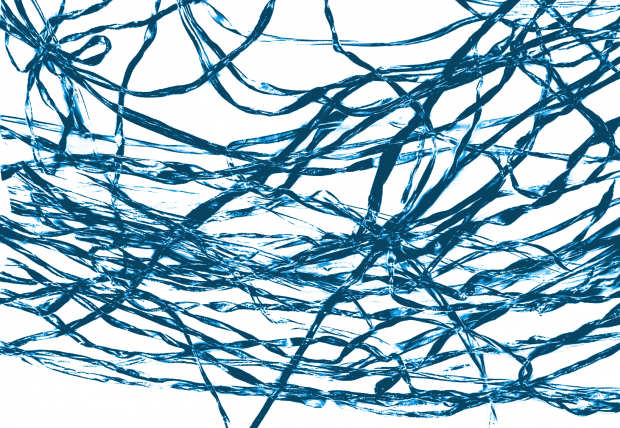
‘Fibres’ testing package
From fibre length and fineness to GMO testing or multi-method fibre analysis, the ‘Fibres’ testing package tests your item’s raw materials in detail.
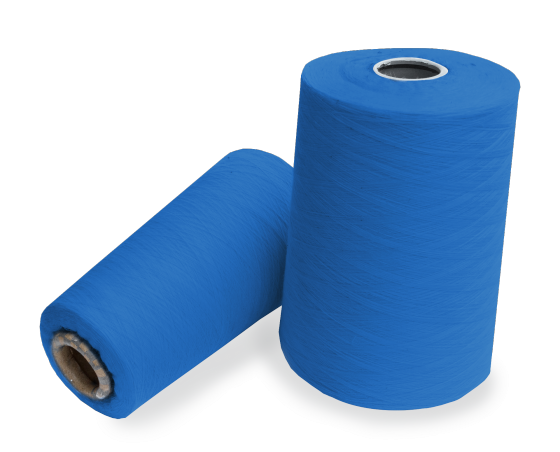
‘Yarns’ testing package
The ‘Yarns’ testing package contains a multitude of specific yarn tests with which you can test the likes of the tenacity, count or evenness of yarns, bobbins or cones.
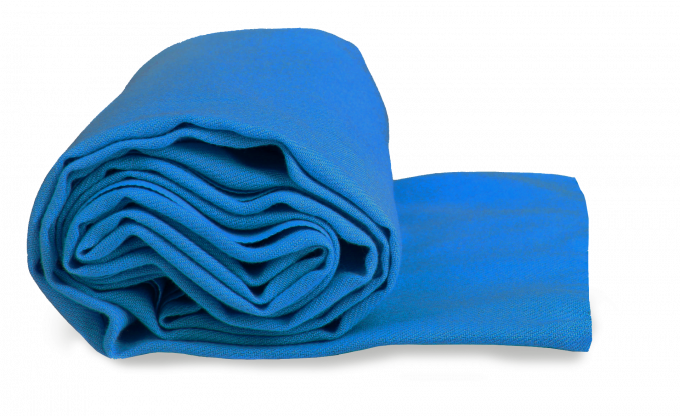
‘Fabrics’ testing package
Besides testing tenacity, fabric weight, twist and colour fastness, the ‘Fabrics’ testing package also includes other relevant fabric tests.
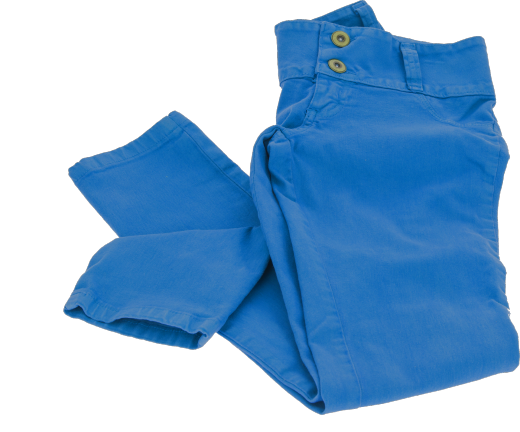
‘Trousers and shorts’ testing package
This testing package includes specific tests for trousers or shorts, such as tenacity, seam slippage resistance, fastness to perspiration, fastness to water and much more besides.
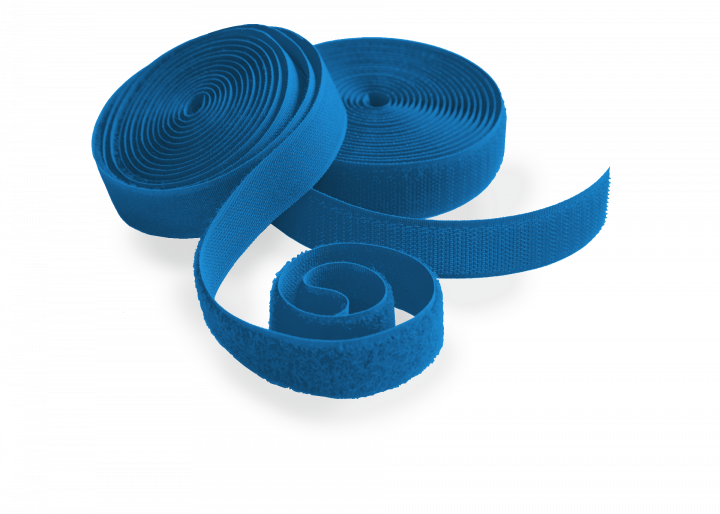
‘Hook-and-loop fasteners’ (Velcro) testing package
Manufacturers and distributors of hook-and-loop fasteners nowadays have a multitude of standards to deal with, making choosing appropriate textile tests more difficult. The ‘Hook-and-loop fasteners’ testing package makes the choice easier for you as it gives you a simplified selection of relevant hook-and-loop fastener tests like longitudinal shear strength and dimensional change.
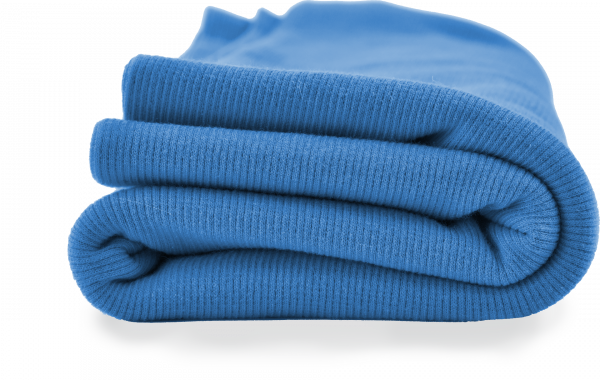
‘Knitted fabrics’ testing package
Warp and weft-knitted fabrics are tested for the likes of pilling, snagging or tenacity in the ‘Knitted fabrics’ testing package.
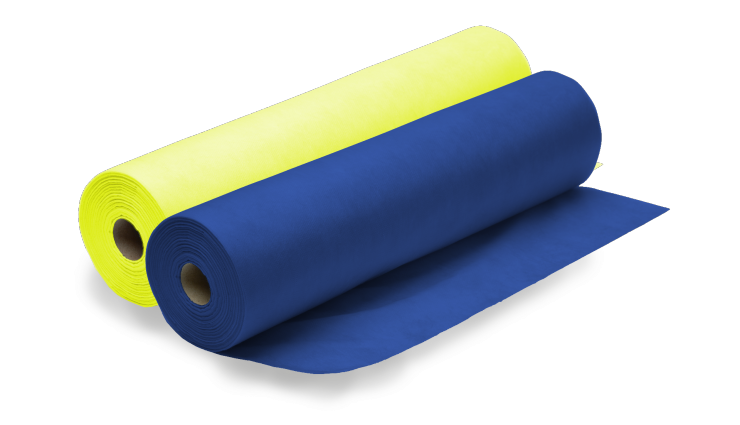
‘PPE by the metre’ testing package
This package was specifically developed for textiles used in PPE and offers all PPE by the metre manufacturers or distributors an indispensable tool that helps them choose suitable textile tests.
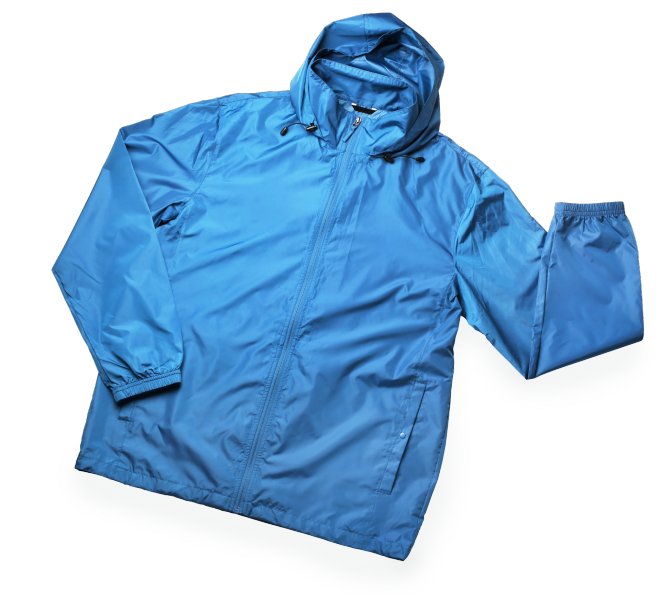
‘Waterproofs’ testing package
Waterproofs and accessories have to be more than just waterproof; they also have to meet a variety of other properties like breathability, abrasion resistance or fastness to rubbing. This testing package tests all of these aspects.
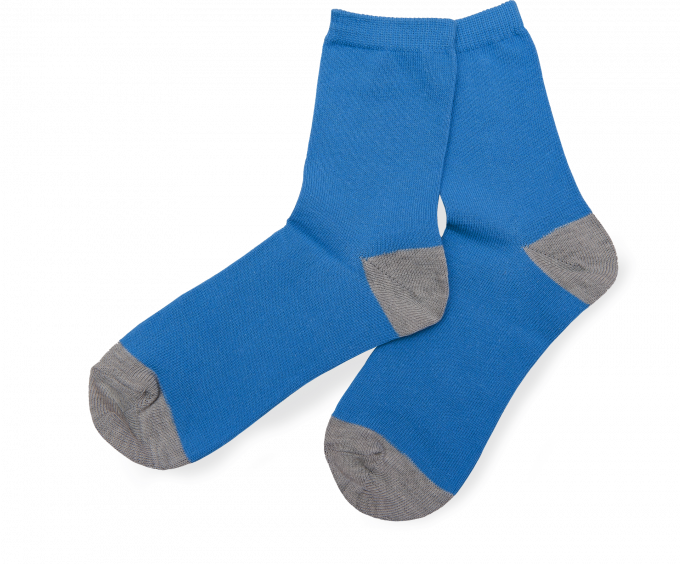
‘Socks’ testing package
The sheer number of technical and legal requirements behind sock manufacturing and marketing can make choosing the right textile test tougher. That’s why the ‘Socks’ testing package focuses exclusively on product-specific tests like moisture management, abrasion resistance and even fastness to washing and perspiration.
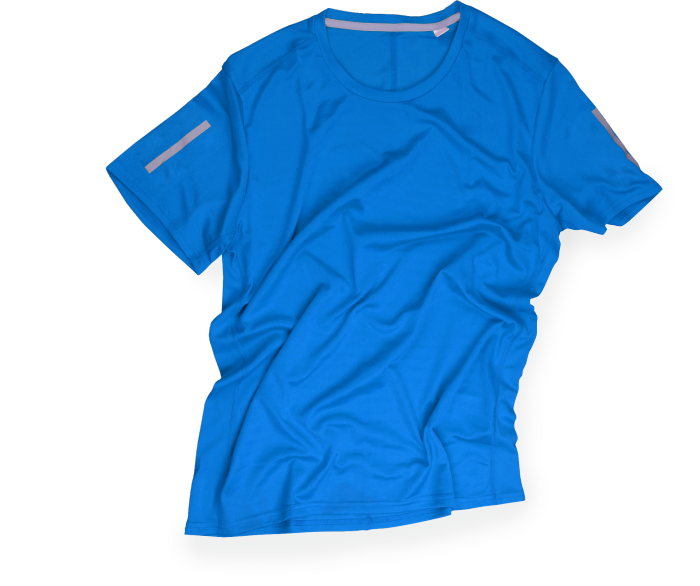
‘Sportswear’ testing package
Sport is becoming increasingly important in our society and is now a way of life for many. To ensure that sports textiles are both functional and physiologically comfortable, the ‘Sportswear’ testing package is made up of specific analyses designed to meet these purposes.
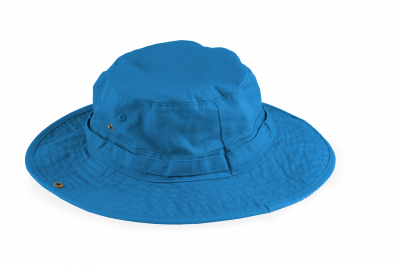
‘UV protection’ testing package
As people are becoming increasingly aware of the need for sun protection and the fact that it helps to prevent skin damage, manufacturers and distributors of UV shading textiles and UV protective clothing increasingly need to meet market demand by testing their products in line with the UV standards.



